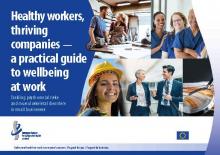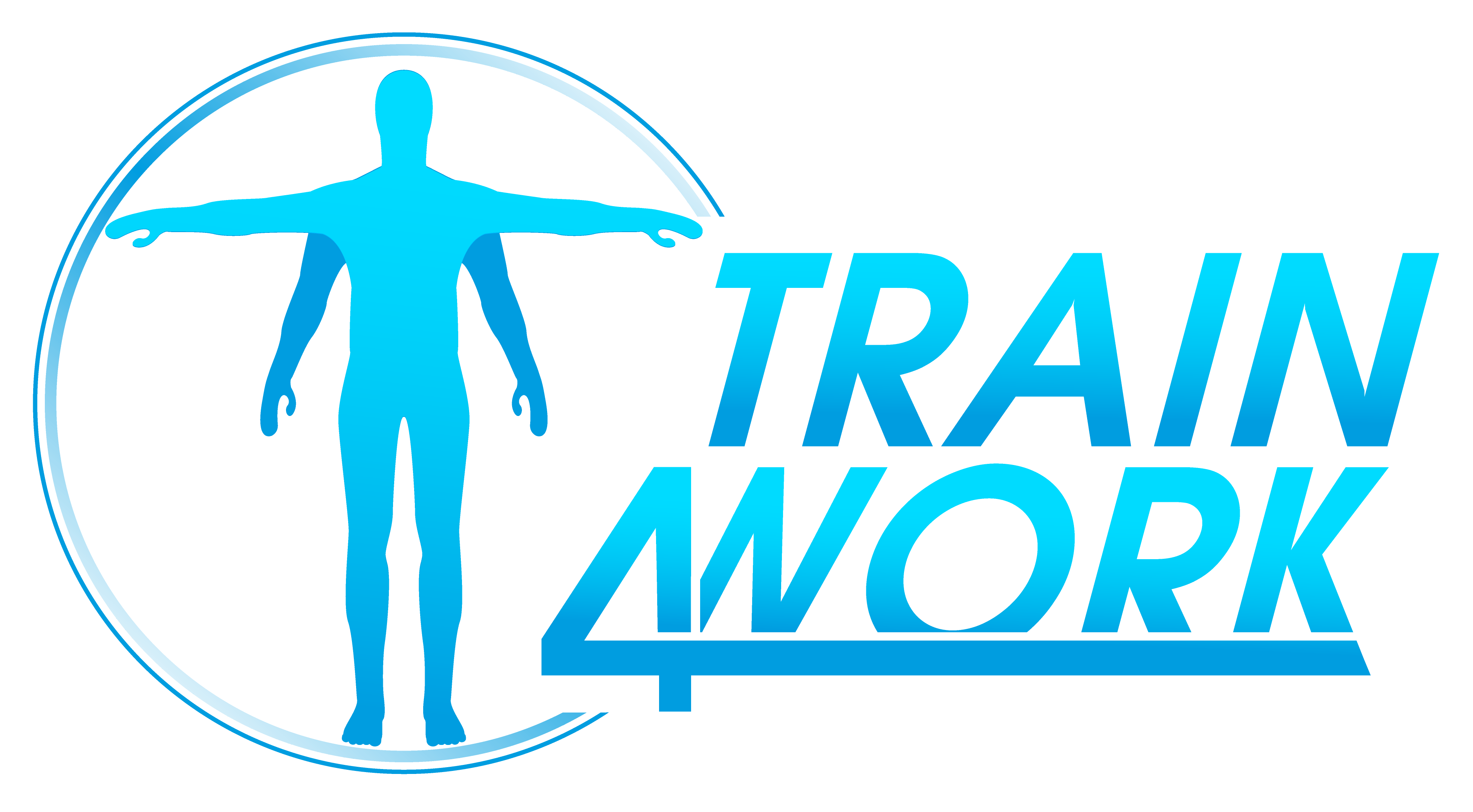New ergonomics resources from EU-OSHA
 The European Agency for Safety and Health at Work has several projects to prevent the negative effects of the work related musculoskeletal disorders (wMSDs). There’s a solid preparation for the related Healthy Workplaces 2020-2022 Campaign on wMSDs, and already some practical tools have been published.
The European Agency for Safety and Health at Work has several projects to prevent the negative effects of the work related musculoskeletal disorders (wMSDs). There’s a solid preparation for the related Healthy Workplaces 2020-2022 Campaign on wMSDs, and already some practical tools have been published.
A new guide
 The new “Healthy workers, thriving companies - a practical guide to wellbeing at work - Tackling psychosocial risks and musculoskeletal disorders in small businesses” provides simple explanations and features a selection of exercises that can be used to create meaningful and lasting improvements, for the benefit of workers and businesses.
The new “Healthy workers, thriving companies - a practical guide to wellbeing at work - Tackling psychosocial risks and musculoskeletal disorders in small businesses” provides simple explanations and features a selection of exercises that can be used to create meaningful and lasting improvements, for the benefit of workers and businesses.
This 102-pages guide presents a five-step approach to managing two fairly challenging occupational health issues that are common in workplaces: psychosocial risks — factors that can lead to stress and affect workers' mental and physical health — and musculoskeletal disorders (MSDs). The 5 steps are
- Preparation
- Assessing risks
- Action planning
- Taking action
- Evaluation
To download the guide go to EU-OSHA publications.
A new report
In a new report, EU-OSHA publishes the findings of a major 2-year project to anticipate the effects of digitalisation on occupational safety and health (OSH) in the EU.
According to the Foresight on new and emerging occupational safety and health risks associated with digitalisation by 2025 report, psychosocial and organisational factors are likely to become more important as digitalised working drives changes such as increased workers monitoring, an assumption of 24/7 availability, more frequent job changes and the management of work and workers by algorithms. All this can raise levels of workers’ stress. Increased ergonomic risks, caused by human-machine interfaces and the growth in online, mobile working, and heightened cyber-security risks are also identified as likely outcomes of augmented digitalisation in the workplace.
The main ergonomics related challenges are
- the increasing ergonomic risks due to the increase in online working and the use of mobile devices in non-office environments and
- the risks associated with new human-machine interfaces, in particular related to ergonomics and cognitive load,
- psychosocial and organisational factors that will become increasingly more important because of changes in the types of work available,
- the pace of work; how, where and when it is done; and how it is managed and overseen.
To download the report go to EU-OSHA publications.






